We've learned from decades of experience guiding nonprofits to year-end giving success and have created this how-to guide to share our top tips.
Our comprehensive guide will cover year-end giving, all the way from why it matters to what nonprofits should do January 1st.
Who’s ready for the holidays?? Your donors are!
Did you know that 30% of all annual giving occurs in December and that 10% happens on December 29, 30, and 31? That means that now, as the days get a little shorter and the temperatures just start to drop, nonprofits still have plenty of time to reach their fundraising goals. Take this time to prepare a solid fundraising strategy for nonprofits and a well-thought-out calendar to form the foundation of a smart year-end giving campaign.
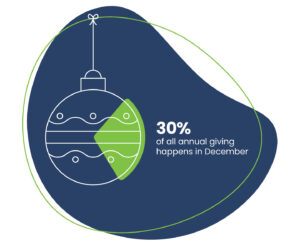
It isn’t hard to find advice about nonprofit year-end giving because it’s such a big deal in our industry. Since we started this business, we’ve helped hundreds of clients plan and execute solid year-end fundraising campaigns, and we can confidently say that every nonprofit we’ve helped has amped up their efforts at this time of year and seen big revenue gains.
As we head into another busy year-end, it’s worth your time to review best practices and start to think about how you want to allocate your resources. It takes some planning and preparation, but when the season is approaching (you're staring down GivingTuesday) and you know you have a solid plan, you can (somewhat!) relax and enjoy the excitement of the holiday season.
Once you’ve got these basics down, put pen to paper (or fingers to a keyboard) and start to sketch out what your year-end giving outreach will look like this year.
Ready to get started?
Turkeys and friends and parties and gifts...that’s what the end of the year looks like to many of us. And even the most dedicated nonprofits, the ones most intent on executing a perfect year-end giving campaign, can feel the draw of wanting to just relax and not work so hard.
We get it. But it will reinvigorate you—and your staff—if you remember just how important these next few months are to reaching, even exceeding, your online fundraising goal.
Let us share a few year-end giving statistics that underline how important year-end giving is to your overall fundraising program:
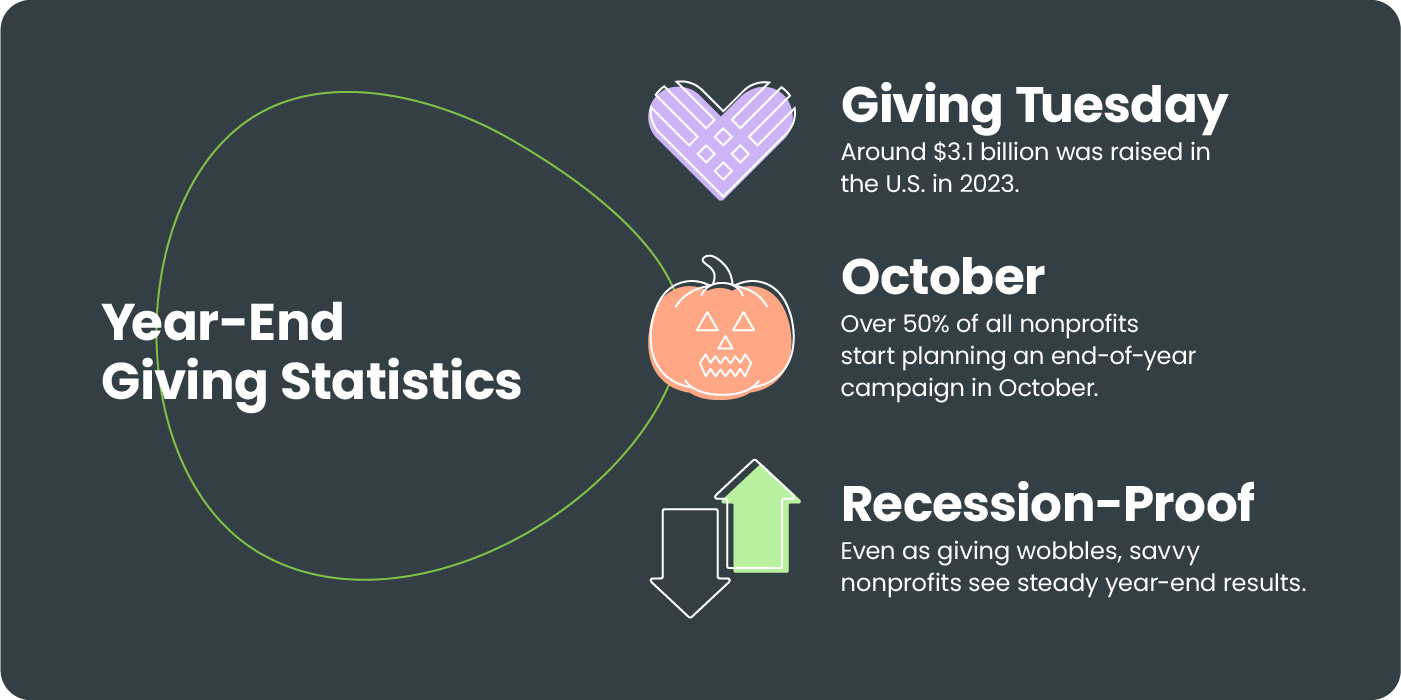
If you’re thinking, “Yeah, but those stats don’t apply to little old me,” pull your own statistics from last year. A good fundraising CRM will be able to show you how much money you raised each month and how you did it. It’s likely your numbers will show that year-end giving puts a nice exclamation point on your annual fundraising, and that alone can motivate your team and remind them the eggnog will taste even better when you’ve smashed your fundraising goals.
Continue to motivate staff by focusing on your mission and your donors. The rush to raise funds isn’t so you can go on a shopping spree; the donations are intended to change something significant in the world. Keep that lofty goal in mind this season, and remind the donors you count on for monthly giving that their support matters.
Many nonprofits start early planning with a year-end giving calendar, which helps alleviate the last-minute stress you feel if you wait until November 1st. And the caveat remains that since the best-laid plans can go seriously awry, you have to remain nimble enough to pivot.
This is why we recommend a multichannel fundraising campaign. Statistics show that around 70% of people donate through multiple channels, meaning that you can send an email and a text and invite them to an event…you won’t be driving them crazy; rather, you’ll be giving them multiple opportunities to give.
So let’s talk about the planning process. How do you go about developing a plan that will fire on all cylinders and get your nonprofit the attention (and donations) it deserves? We’ll let you in on the advice we give all our clients.
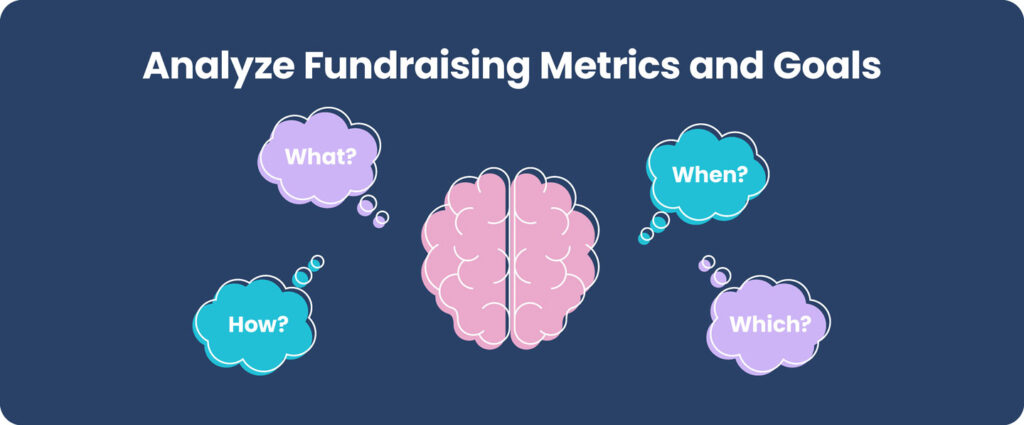
Whether last year was off-the-charts fantastic or drowning-in-my-eggnog lousy, there’s something to be learned. These are the questions to ask yourself:
Next, you are going to set goals for your year-end campaign. These goals can include:
These can be and/or goals. The number of donors who give on Giving Tuesday and one more time before the end of the year, or the number of donors who increased the amount of their gift or the frequency. A robust nonprofit CRM with advanced query capabilities will make these reports easy to run, and those numbers can be the benchmark you use for your next goal.

Best-practices advice when it comes to formulating your goals is to make sure they’re SMART. We know you are, so let’s make your goals smart, too.
Creating concrete fundraising goals will help motivate your organization’s fundraisers as well as your supporters. They’ll feel driven to reach those goals and help you succeed in your mission.
You’ve set your goals and looked at your metrics to see which engagement efforts are the most effective with your donors. Make a specific list that answers these questions:
Get a list of HOW you will reach WHICH donors and WHEN. Base this on data!
For instance, you’ve got a peer-to-peer campaign that will target all donors and launch November 1st. Good! But...
Are you wondering how to ask for donations? There are creative ways, and the sky is the limit when it comes to off-the-wall approaches. There are going to be a lot of charities asking a lot of people for support, so how are you going to stand out?
We recommend these eight steps to crafting the perfect year-end appeal:
The bottom line? Use data to figure out the how, who, and when, and then craft important elements (headline, graphics, story, and your ask) and use them across channels to blanket your donors.
The end of the year is a busy time, so make sure your team is all on the same page with a fundraising calendar! Open an Excel sheet or pull a blank online calendar that covers Giving Tuesday to the last day of the year. And then map out your efforts, noting which ones run concurrently with each other.
Get specific, and be sure to note:
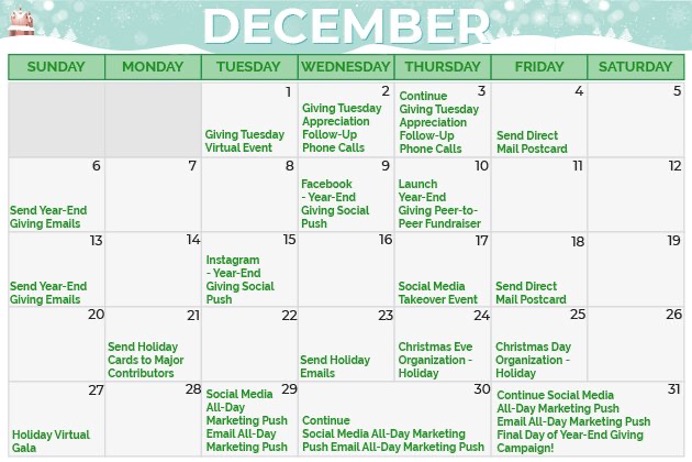
When you craft your calendar leading up to the end of the year, you should be sure to customize the appeals that you plan to send based on the segments in your donor database. For instance, you may create a donor segment of first-time supporters (who have only given once in the past), another for those who are eligible for matching gifts, and still another for your supporters who have given major or substantial contributions in the past.
Then, you can schedule the appeals for each of these groups to be sent at specific times on your calendar. Be sure not to send too many emails in a row to overlapping groups to avoid becoming repetitive with certain supporters.
Now that you’ve got your goals, you’ve drafted the appeal, and you’ve planned which messages will be on what channels and when. Remember, this is your last push for the year…you will want to throw everything you’ve got into these campaigns.
But just like having a great idea to build a treehouse and then realizing all you have is one lousy Allen wrench, these great ideas need tools to give them life.
Obviously, we are going to tell you that the very core of your fundraising is a comprehensive CRM with native tools. Why? Because you have all your data in real time, right at your fingertips. If you’re using different programs, all of this advice still applies, but you might have to cobble together the tools rather than having them in one spot. Others to consider? We think these are the top 12 fundraising tools for nonprofits:
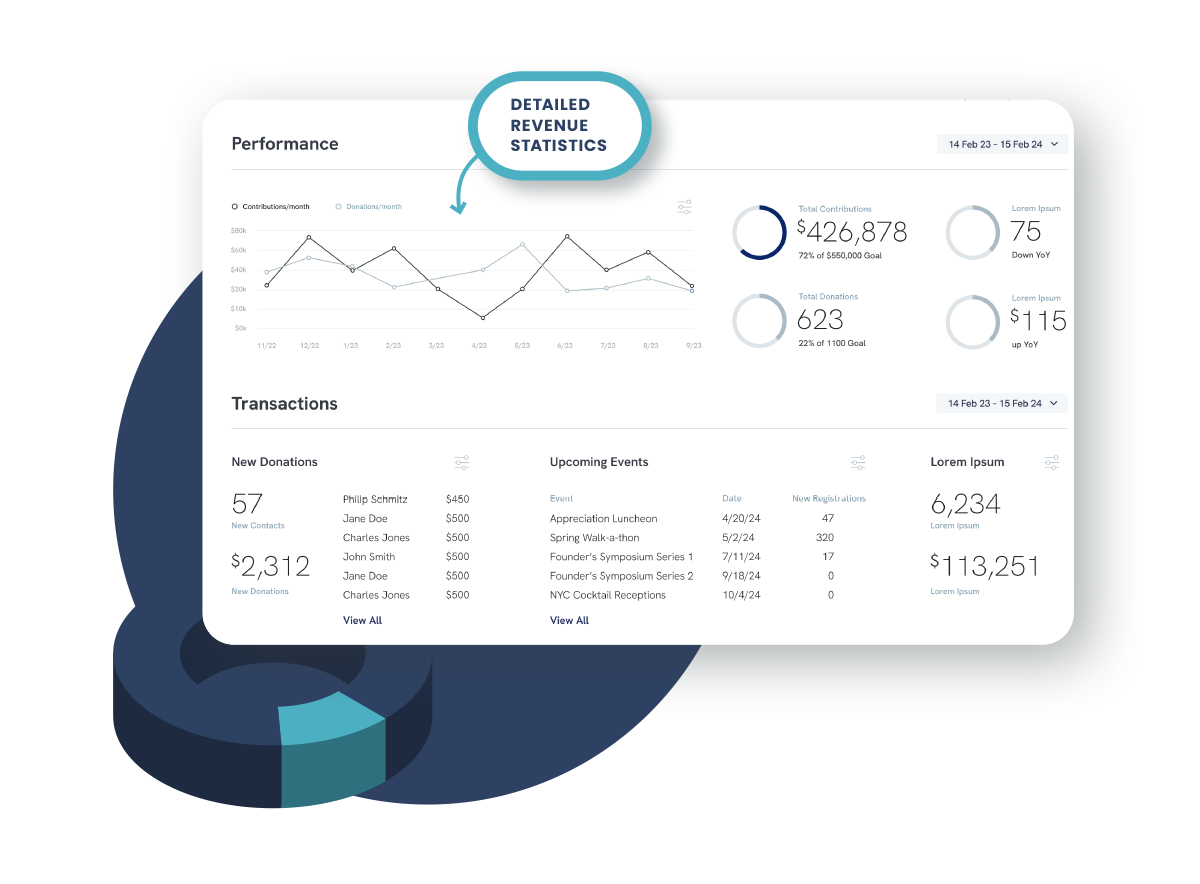
With these 12 tools and strategies, your toolbox will be able to handle anything from a treehouse to a McMansion (you know what we mean). If you are in the market for fundraising software and want a system with all these tools built in, call us!

How can you best publicize your campaign? You have a compelling story and you are equipped with the tools we just mentioned. You know you want to personalize your message and you’ve thought of different channels, but allow us to highlight a few.
We talked about how email remains the most effective outreach method. Here are some tips that will ensure email marketing will work for you:
Social media can be used to launch an end-of-year campaign. Beware that many nonprofits will be flooding socials, so you’re going to want to put your creative hat on and come up with messaging that will get attention. Pamela Grow, a friend of ours, tells of a great campaign for adopting adult dogs. The Animal Protective Association of St. Louis wanted to encourage people to adopt older dogs, so they launched a social media campaign with the hashtag #GrownAssAdult dogs. Effective? Yes. Memorable? You betcha. Funny? Yup, unless you are a very serious person by nature.
Research shows that direct mail has an average response rate of 4.4%, while email has a response rate of 0.12%. (Now, before you think we are contradicting everything we’ve said, email has an ROI of $28.50 and direct mail has an ROI of $7. So do both!) While we’re throwing around figures, 72% of consumers prefer an integrated, multi-channel marketing approach, so marrying direct mail and email is highly effective.
Finally, we say this all the time, but your website is your very best marketing tool. From casual supporters visiting to learn more about your cause to regular donors knowing they can give with the touch of a button, having a website that informs and educates—and offers a fantastic user experience—will go far in making your nonprofit a household name.
If we’re being honest, these are best practices for all-year giving. While the end of year is a lucrative time for nonprofits, keeping healthy donor engagement all year ‘round makes this busy season that much easier. Earn more, especially at the end of the year, with these tips:
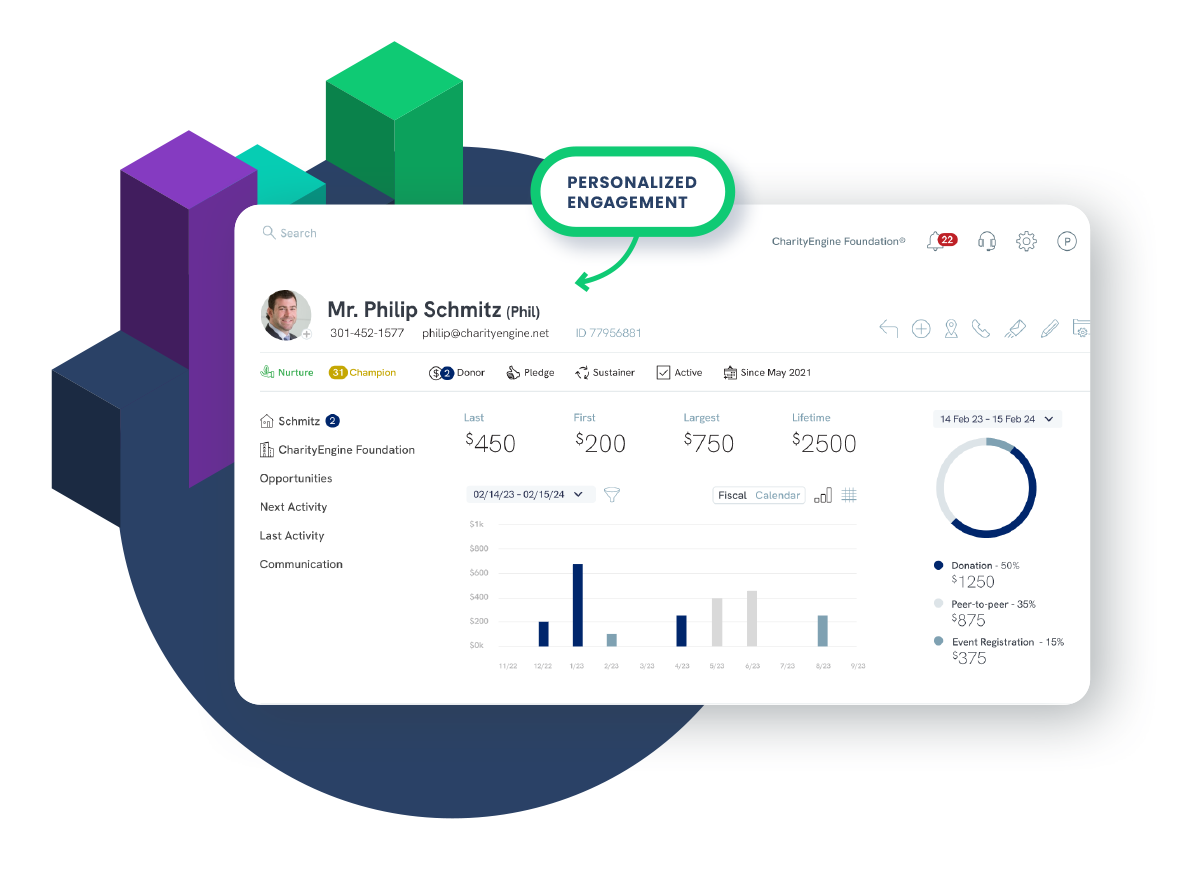
Whether you implement these tips for your end-of-year campaign or use them as general bits of good advice, they will serve you well.
Put your feet up. Finally enjoy that glass of champagne or eggnog or eat that slice of cake. Ahhhh.
And then get back to work.
What?? Yes, now you have to evaluate all the campaigns you just ran. While they’re fresh in your mind, document what worked, what didn’t, and what you should be sure to do next year to make your jobs easier or your campaigns more effective.
And your donors are hot! You can continue to thank them and share the results of your end-of-year campaigns, but have an eye to the next few outreach plans. You don’t always have to ask for money. Sometimes it’s okay to just say hello. Remember, you’re developing relationships, so treat these donors as you would friends.
Document Your Impact
Data doesn’t lie, so collect data and share it with your donors. Discuss how their contributions help your mission. Impact statements are helpful to persuade donors to contribute and to show your appreciation after the campaign. Tell them exactly what their donation will help you do for the mission. For instance, you might say, “Sally, your donation of $100 helped purchase backpacks for 20 children to go back to school.”
Provide an annual giving report summarizing the year’s efforts. This annual report is designed to celebrate the successes of and discuss the projects of the entire year. If you have a weird year, which these days doesn’t sound so farfetched, document how the pandemic or other event impacted your mission. What did you learn? How will you move forward?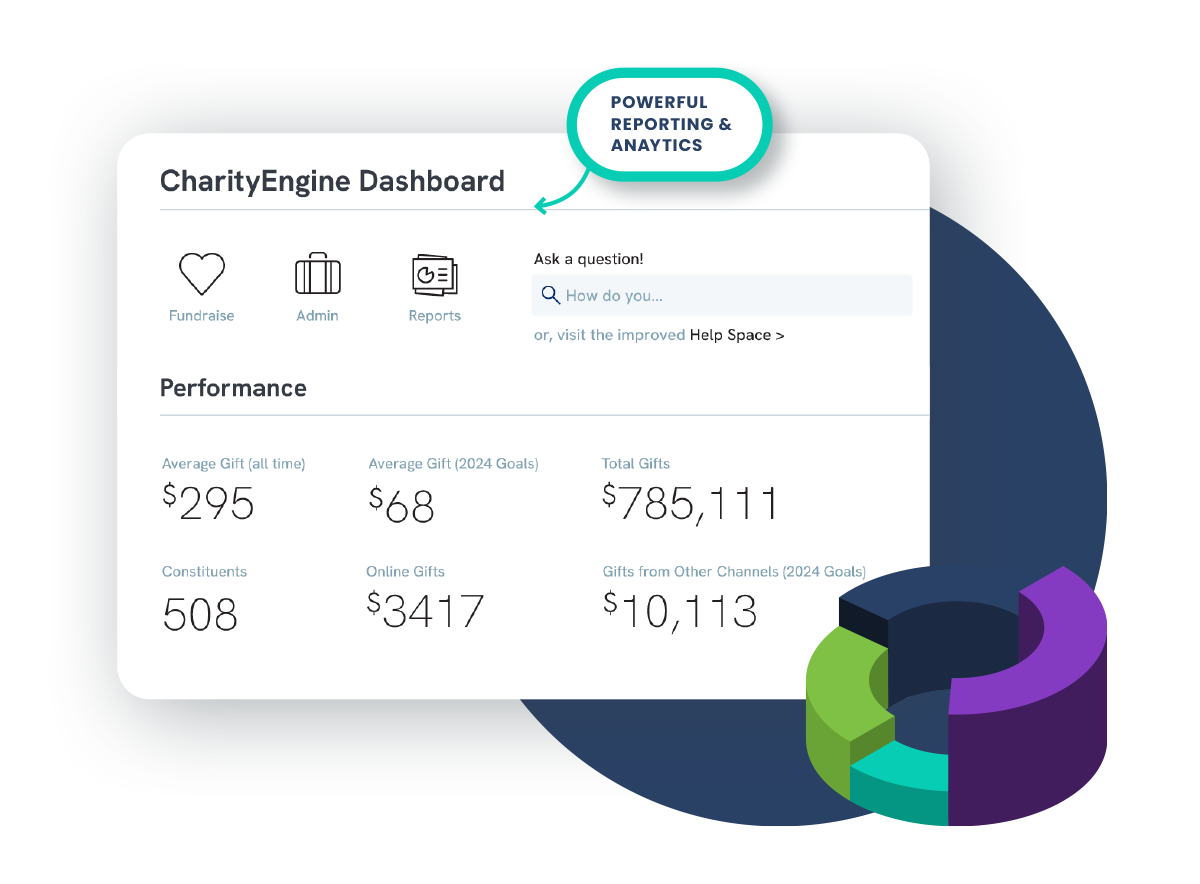
We know, it seems like your work is never done. It’s hard to overestimate the importance of a good fundraising CRM to collect and analyze data for you. When you can run custom reports and have detailed campaign performance numbers in your hand moments later, it’s an argument for making sure you have software that meets your needs.
Compare what features you need with what are available through your technology to see if you have the right solution, and if not, match those features to what’s available on the market and ask to see their software in action. There are a lot of options when you're looking for the best CRM for nonprofits, and we’re only one of them, so take your time.
And know that every year, your year-end campaign is going to morph and evolve based on your technology, your donor base, world events, and your outreach efforts. Every minute you put into growing your nonprofit will pay dividends and increase your ability to change the world.
If you're ready to look for software that can help your year-end campaign succeed, here's a list of providers we like. And if you'd like to talk to us about our unique nonprofit CRM, give us a call! We'd love to explore how we can help your fundraising change the world.
 Compare CharityEngine to Top Competitors
Compare CharityEngine to Top Competitors
